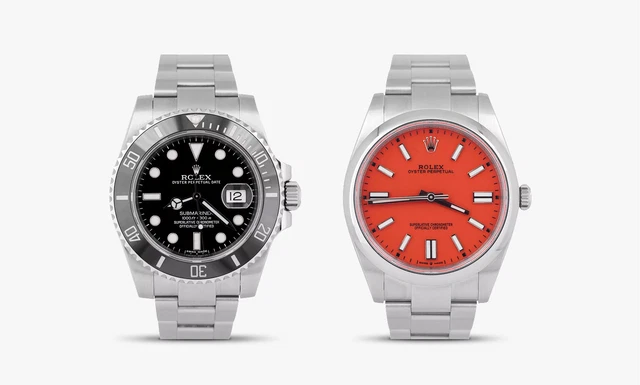Rolex Air-King Watches
Shop by Category
Shop By Model
Featured
1,223 Results
- $5,199.00$11.38 shipping129 watching
- $7,125.00Was: $16,995.00was - US $16,995.00or Best OfferFree shipping16 watching
- $4,959.00Free shippingOnly 1 left!
- $4,559.05Was: $4,799.00was - US $4,799.00or Best OfferFree shipping40 watching
- $3,699.99or Best Offer$5.35 shipping121 watching
- $1,575.00Free shipping9 bids6d 5h
- $7,095.00Free shipping
- $2,900.00$17.99 shipping28 bids1d 11h
- $1,350.00$17.99 shipping31 bids8d 10h
- $3,899.00or Best OfferFree shipping43 watching
- $1,850.00or Buy It Now$60.00 shipping0 bids4d 16h
- $2,700.00or Best OfferFree shipping153 watching
- $6,500.00$10.00 shipping50 watching
- $2,599.95or Best OfferFree shipping35 watching
- $2,175.00$8.22 shipping
- $1,176.51$14.48 shipping72 bids5d 8h
- $7,900.00or Best OfferFree shipping
- $4,199.00or Best Offer$7.23 shipping
- $2,895.00or Best OfferFree shipping15 watching
- $6,633.20Was: $7,210.00was - US $7,210.00$35.00 shipping
- $2,849.00or Best Offer$4.51 shipping12 watching
- $4,099.00or Best OfferFree shipping28 watching
- $4,100.00or Best Offer$5.70 shipping501 watching
- $2,999.00or Best OfferFree shipping21 watching
- $4,000.00or Buy It Now$50.00 shipping0 bids20h 41m
- $3,200.00or Best Offer$8.32 shipping0 bids1d 10h
- $3,040.83or Buy It Now0 bids43m 7s
- $3,400.00or Best Offer$12.24 shipping0 bids1d 8h
- $6,175.00Was: $6,500.00was - US $6,500.00or Best OfferFree shipping12 watching
- $4,559.05Was: $4,799.00was - US $4,799.00or Best OfferFree shipping60 watching
- $1,495.00or Best OfferFree shippingOnly 1 left!
- $9,200.00or Best Offer$10.30 shipping22 watching
- $4,500.00$20.00 shipping28 watching
- $3,800.00or Best OfferFree shipping
- $6,993.96$95.00 shipping76 watching
- $3,290.00or Best Offer$16.50 shipping10 watching
- $3,950.00or Best OfferFree shipping30 watching
- $5,100.00or Best Offer$25.00 shipping16 watching
- $500.00or Best Offer$5.85 shipping
- $4,001.40Was: $4,446.00was - US $4,446.00or Best OfferFree shipping
- $8,499.00or Best OfferFree shipping
- $8,347.00or Best OfferFree shipping37 watching
- $4,999.00or Best OfferFree shipping21 watching
- $7,030.00Was: $7,400.00was - US $7,400.00or Best OfferFree shipping13 watching
- $3,895.00$55.00 shipping10 watching
- $2,895.00or Best Offer$45.65 shipping77 watching
- $650.00$13.75 shipping
- $2,880.00Was: $3,200.00was - US $3,200.00$35.00 shipping18 watching
- $5,999.99or Best OfferFree shipping
- $5,400.00or Best OfferFree shipping15 watching
- $8,395.00Free shipping17 watching
- $4,000.00$25.00 shipping39 watching
- $5,042.05Free shipping
- $4,293.24$95.00 shipping14 watching
- $4,250.00or Best OfferFree shipping42 watching
- $2,374.99$9.50 shipping0 bids3d 2h
- $1,200.00$15.00 shipping
- $7,347.00or Best OfferFree shipping
- $6,175.00Was: $14,695.00was - US $14,695.00or Best OfferFree shipping
- $4,757.17$35.00 shipping









